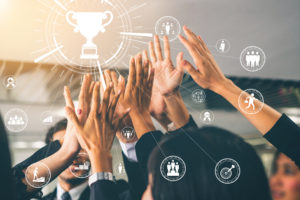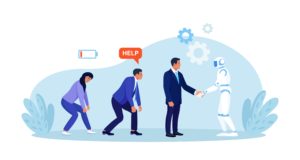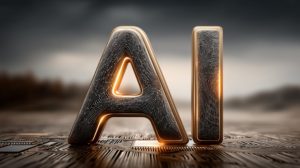The terms “ESG” and “Sustainable/Sustainability” are often used interchangeably, and for the most part that’s okay (we could split hairs on this but will save that for another day). The concept of “sustainability” is, in our view, both simple and profound, and is worth examining consciously. So, let’s do that.
In a broad sense, sustainability is not limited to ESG – it pervades everyday life. Consuming anything faster than it can be replenished – whether that is food, energy, money, patience, etc., –is not sustainable. For example, we know that consistently spending more than we earn is not sustainable; we have to live within our means or wrack up big debts. We either have to spend less or earn more to achieve a balance. That applies to the entire planet – we can’t keep “spending” more than we have. In other words, sustainability is about living within our means. It’s about producing and consuming resources –breathable air, water, human capital, land, fuel, food, etc. – within the limits of what can be perpetually replenished to sustain a livable planet.
July 28, 2022. On that day, according to the Global Footprint Network’s estimate, humanity “exhausted nature’s budget” for sustainable consumption for the year. For the remaining five months, we will be adding to an “ecological deficit”, using up more resources than Planet Earth is producing and adding CO2 to the atmosphere, the primary cause of climate change. As this chart shows, we would need 1.75 Earths to satisfy our total consumption for 2022.
Estimates show that by 2050 we will need the resources of 2.3 Earths to sustain our current global consumption patterns. Of course, we only have the one planet and cloning it is not possible. We can shrink the world’s population (politically difficult), or figure out how to consume less and sustainably produce more with the resources we have. That’s the idea behind a Circular Economy.
The Circular Economy
Adopting a circular approach to product design and planning throughout the economy could reverse the dangerous trend of consuming at an unsustainable pace. According to the World Economic Forum, a circular economy is “an industrial system that is restorative or regenerative by intention and design.” It’s a lot more than recycling. As the CEO of the Ellen MacArthur Foundation put it, “recycling alone will not save us.” Building a circular economy will force us to rethink how things have been done since the Industrial Revolution began.
To understand what this means, RTS suggests we start by looking at our current approach to production and consumption, which is dominated by linear processes (shout-out to RTS for creating this diagram)
In contrast, a circular economy intentionally designs and manufactures products to minimize waste. It finds ways to use byproducts of production for other purposes instead of discarding them, incentivizes reuse, and prioritizes ways to use recycled materials. This diagram from the Ellen Macarthur Foundation shows how adopting this perspective involves companies across an economy.
Why should investors care about pursuing a circular economy, beyond the fact that all investors are human beings who depend on the Earth for breathable air, water, food – that sort of thing? One reason is that, according to the World Economic Forum, a circular economy could yield up to $4.5 trillion in economic benefits by 2030. For context, global GDP in 2021 was $96.1 trillion. That means a circular economy could boost GDP by about 5% – not trivial when we consider that per the World Bank, over the past 60 years global GDP growth has averaged 3.5% per year.
Many businesses are already helping to promote a circular economy, and not just for the sake of good publicity. The Harvard Business Review (HBR) points out that CEOs like the idea of trimming waste from operations and using expensive resources more efficiently. In partnership with the Ellen Macarthur Foundation, DELL created a closed-loop initiative to recycle plastics from its products to make new parts. This extends the life of the plastic and reduces DELL’s carbon footprint. Designing products for recyclability is a big component of a circular economy. The same HBR article describes DSM-Niaga, a Dutch start-up, that developed a fully recyclable mattress, and carpets made from pure polyester which is much easier to recycle than standard materials that contain indissoluble chemicals, including known carcinogens.
Achieving a circular economy won’t happen overnight, but it can happen. Taking “reduce-reuse-recycle” to heart can be done at home, in an individual company, and across enterprises. OWL ESG’s ratings, data, and analytics can reveal which businesses are helping to move toward a circular economy, to help us get back into a sustainable relationship with the Earth.




